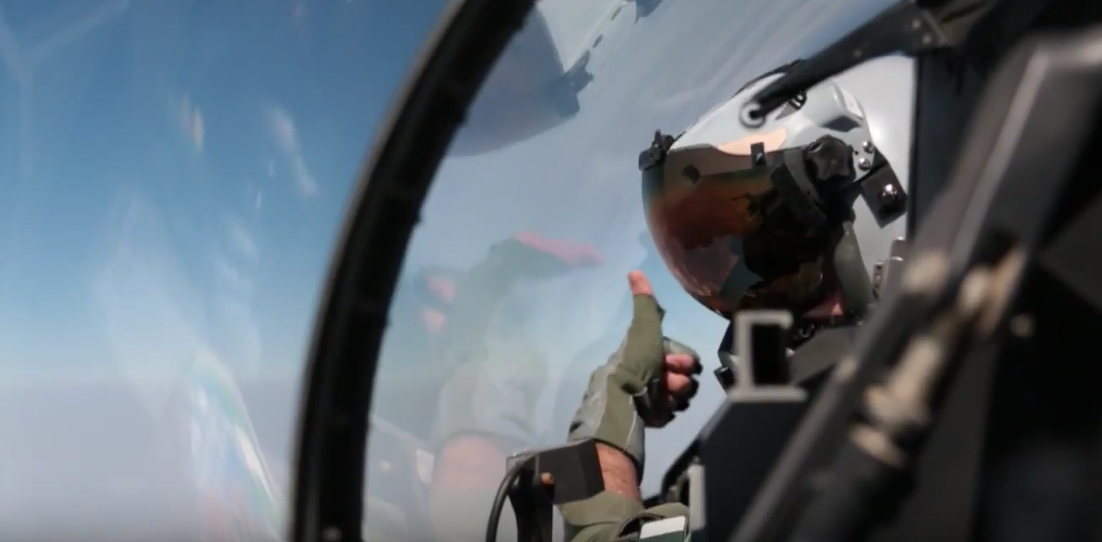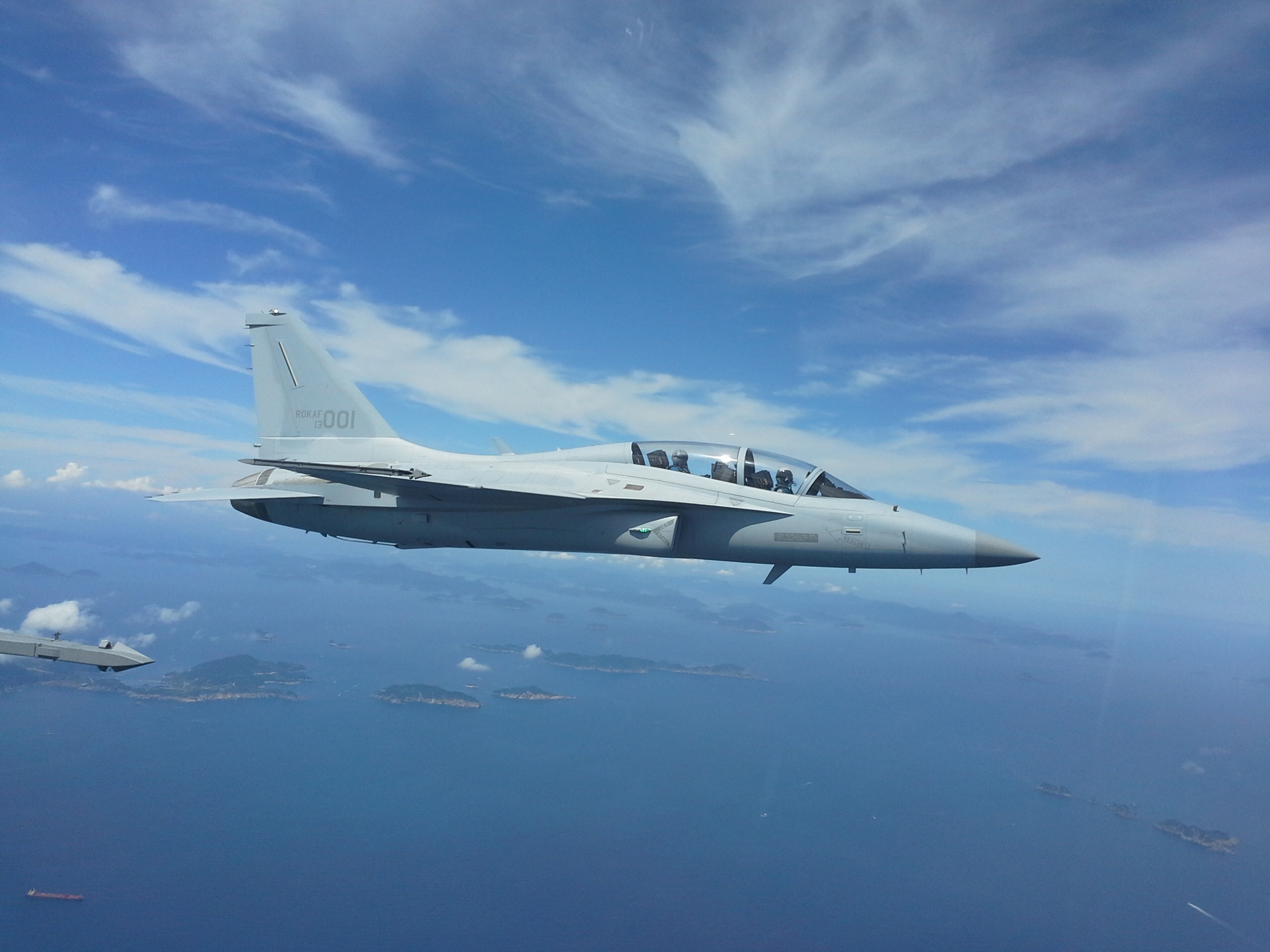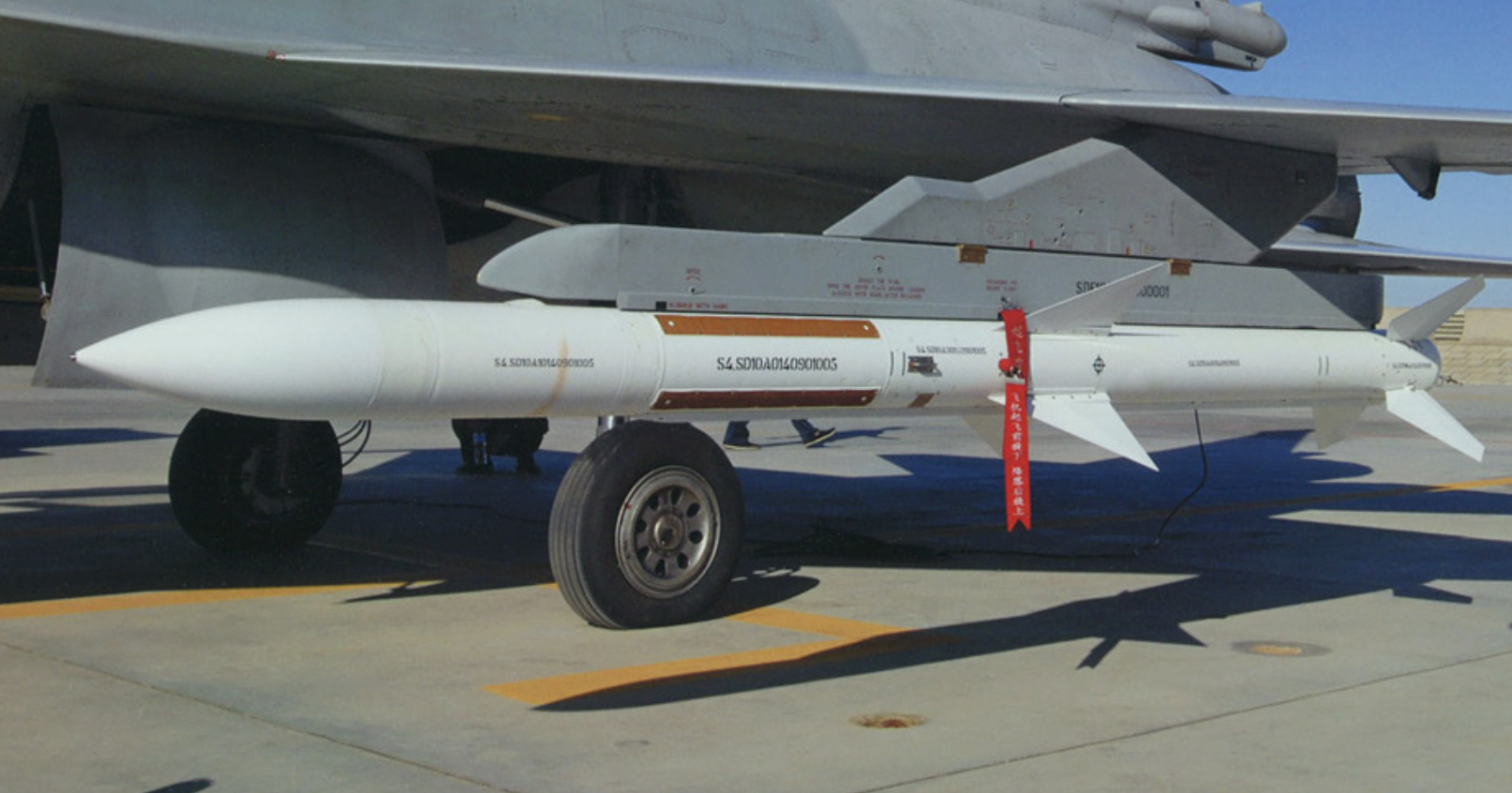2650Views 1Comment

Background: Helmet Mounted Display and Sight (HMD/S)
23 January 2016
Modern air-to-air warfare is often – and correctly – understood as the exchange of air-to-air missiles (AAM) between fighter aircraft. However, it is much more than that; in fact, the act of firing an AAM is the culmination of a series of events involving many other systems. These systems include capable onboard and off-board sensors, tactical datalink connectivity, and the AAMs themselves. When working in harmony with one another, these systems afford modern day air forces and naval air arms a credible opportunity at intercepting enemy aircraft and, in the process, acquire air superiority.
Quwa takes a look at each of these systems. These pieces are not exhaustive resources on the subject, but they should offer readers a workable understanding of the topic.
For readers with a desire to have a thorough understanding, especially from a technical standpoint, then it would be advisable to consult more in-depth resources.
Helmet Mounted Display and Sight
Helmet mounted display and sight (HMD/S) systems are an increasingly common addition to the cockpits of modern fighter aircraft. The most basic function of an HMD/S system is to ‘slave’ the heat-seeker of a high-off-boresight (HOBS) within-visual-range air-to-air missile (WVRAAM) to the pilot’s naked eye. In other words, the pilot can acquire a lock of a target by literally being able to bring the target to his or her sight. The advantage of this capability stems from the fact the time and effort required to track and engage a target is significantly reduced, especially in a close quarters dogfight where considerable effort is exerted in maneuvering one’s aircraft into a position of being able to lock and engage a target.
The concept was first implemented in the mid-1970s through the induction of comparatively rudimentary helmet mounted sight (HMS) systems. However, the utility of these systems was marginal, and with the later induction of highly capable multi-mode radars (which could track and engage targets), HMS systems had become redundant in the 1980s. By the 2000s, advances in electronics across a range of applications, such as electronic warfare (EW), seeker technology and miniaturized computing had enabled HMS concepts to make a strong resurgence.
The increased effectiveness of EW technology in mitigating the effectiveness of radar usage (by jamming it or using it as a means to expose a target’s presence) made ‘passive’ sensor concepts such as HMS and infrared search and track (IRST) particularly important areas of development. A fighter equipped with HMD/S and IRST could allow a pilot in certain situations (such as close quarter dogfights) to engage enemy air threats without having to depend on his or her own radar, which in turn would enable the fighter to keep its electromagnetic “noise” low, thereby reducing the risk of alerting an enemy’s radar warning receiver (RWR).
Seeker technology has also improved significantly since the 1970s. The HOBS seekers in fourth and fifth-generation WVRAAMs, such as the Denel Dynamics/Mectron A-Darter, are capable of detecting targets from very wide angles. In practical terms, the pilot could literally be looking at the target in near parallel to his or her own aircraft, and fire at it with an A-Darter. The A-Darter itself is a highly agile heat-seeking (i.e. it uses an imaging infrared or IIR seeker) missile, which makes it a fairly difficult object to intercept or stop when engaged. When paired with a passive and flexible tracking system such as an HMD/S, even the most affordable and minimally capable fighter aircraft could become a credible threat.
Thanks to advances in digital optics and processing technology, HMD/S systems are evolving into more than simply headgear for air-to-air combat. Up and coming solutions such as the Joint Helmet Mounted Cueing System II (JHMCS II – a development of the existing JHMCS) can double as a “virtual HUD [heads-up display]”, feeding important flight information directly to the pilot. It can also present the pilot with feeds from electro-optical (EO) and forward-looking infrared (FLIR) sensors, which could increase the pilot’s situational awareness of the situation on the ground.
While weight, size and costs are issues of concern, advances in the underlying technology and increasingly widespread adoption, including even consumer industries (e.g. virtual reality headsets), is making HMD/S technology an increasingly feasible and affordable solution, and that too with significant tactical gains.



1 Comment
by Abdul Rashid
Wow, what an excellent, excellent article!
“When paired with a passive and flexible tracking system such as an HMD/S, even the most affordable and minimally capable fighter aircraft could become a credible threat”. Great to know HMD/S and A-Darter pencilled in for J-17 block 3. Of course the block 3 will be a good deal more than just “minimally capable” but when integrated with HMDS/HOBS WVRAAM, what a potent weapon system JF-17 will be.
With improved SA provided by HMDS would you say it makes up somewhat for lack of bubble canopy? Or is a bubble canopy a pre-requisite for fully utilising HMDS? On one of your earlier articles it is mentioned JF-17 block 3 to get a “nose job” to accomodate a new AESA radar. Perhaps an ideal time to address the pilot visibility situation too.